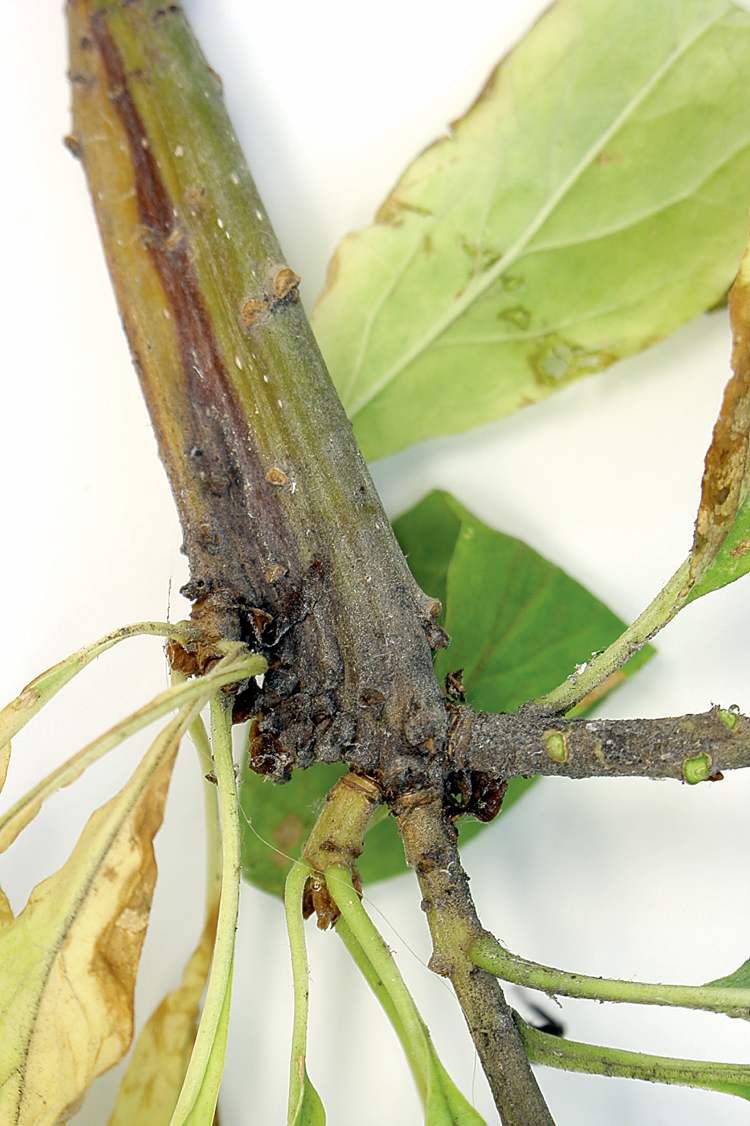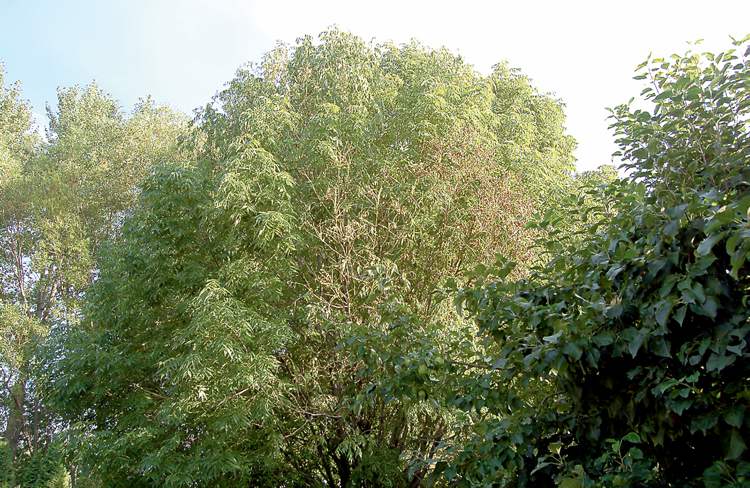TREE CARE: Problems with Manchurian ash trees
Advertisement
Read this article for free:
or
Already have an account? Log in here »
To continue reading, please subscribe:
Monthly Digital Subscription
$1 per week for 24 weeks*
- Enjoy unlimited reading on winnipegfreepress.com
- Read the E-Edition, our digital replica newspaper
- Access News Break, our award-winning app
- Play interactive puzzles
*Billed as $4.00 plus GST every four weeks. After 24 weeks, price increases to the regular rate of $19.00 plus GST every four weeks. Offer available to new and qualified returning subscribers only. Cancel any time.
Monthly Digital Subscription
$4.75/week*
- Enjoy unlimited reading on winnipegfreepress.com
- Read the E-Edition, our digital replica newspaper
- Access News Break, our award-winning app
- Play interactive puzzles
*Billed as $19 plus GST every four weeks. Cancel any time.
To continue reading, please subscribe:
Add Free Press access to your Brandon Sun subscription for only an additional
$1 for the first 4 weeks*
*Your next subscription payment will increase by $1.00 and you will be charged $16.99 plus GST for four weeks. After four weeks, your payment will increase to $23.99 plus GST every four weeks.
Read unlimited articles for free today:
or
Already have an account? Log in here »
Hey there, time traveller!
This article was published 22/09/2012 (4764 days ago), so information in it may no longer be current.
Every now and then a tree problem suddenly emerges that result in dozens of calls and e-mails. The tree in question is Mancana ash – a variety of Manchurian ash. I wrote about problems with this tree in July of 2009. Here is a new one. I recently discussed just problems with ash anthracnose disease in my June 2012 column. Anthracnose disease seems to reoccur every year. I have noticed that this year that some Mancana ashes are dying of a disease that kills twigs and branches in different parts of the tree.
On the dying twigs and branches of Mancana ashes, there appears to be an unusual development of the twigs that causes them to flatten out and become distinctly deformed as shown in the attached image. Usually when this happens the twigs and branches develop into pronounced bow like form. The twigs have a disease that is referred to as fasciation. The exact cause of fasciated twigs is not fully known. They may be caused by a viral disease, environmental stress, or a genetic growth malfunction, or by a combination of factors. The twigs continue to grow until they die from growth related stress such as drought or from severe anthracnose disease in the case of ash trees. In southern Manitoba drought conditions have prevailed throughout much of the summer this year and also during the summer of last year. The prevalence of anthracnose fungal disease in these ashes is likely making the problem even worse.
There is no known treatment for the fasciation twig issue. If this unusual growth shows up in your woody plants prune it out as soon as possible. Be sure you sterilize your pruning tools after each cut with a sterilizing agent such as methyl hydrate, or rubbing alcohol, or with a weak bleach and water solution. I have not seen the fasciated twig problem in other trees this year but on occasion it shows up in woody shrubs such as cranberry. If you see this type of twig growth in your trees or shrubs please contact me.

If you have not done so already, thoroughly water your trees now if they have shown any signs of growth stress. Watering coniferous evergreens is particularly important. Watering under the evergreen boughs is a waste of time. Absorbing tree roots are not limited to the drip line of their crowns or close to their trunks. In clay loam soils nearly all tree roots extend about half the tree height from the trunk in all directions unless impeded by hard surfaces and buildings.
Michael Allen M.Sc.F., RPF is a consulting urban forester and certified arborist. He owns Viburnum Tree Experts, a Manitoba company that provides objective assessments of the condition and the care required for trees and shrubs on home and business landscapes. He can be reached at 204-831-6503 or viburnumtrees@shaw.ca His web site is www.treeexperts.mb.ca


